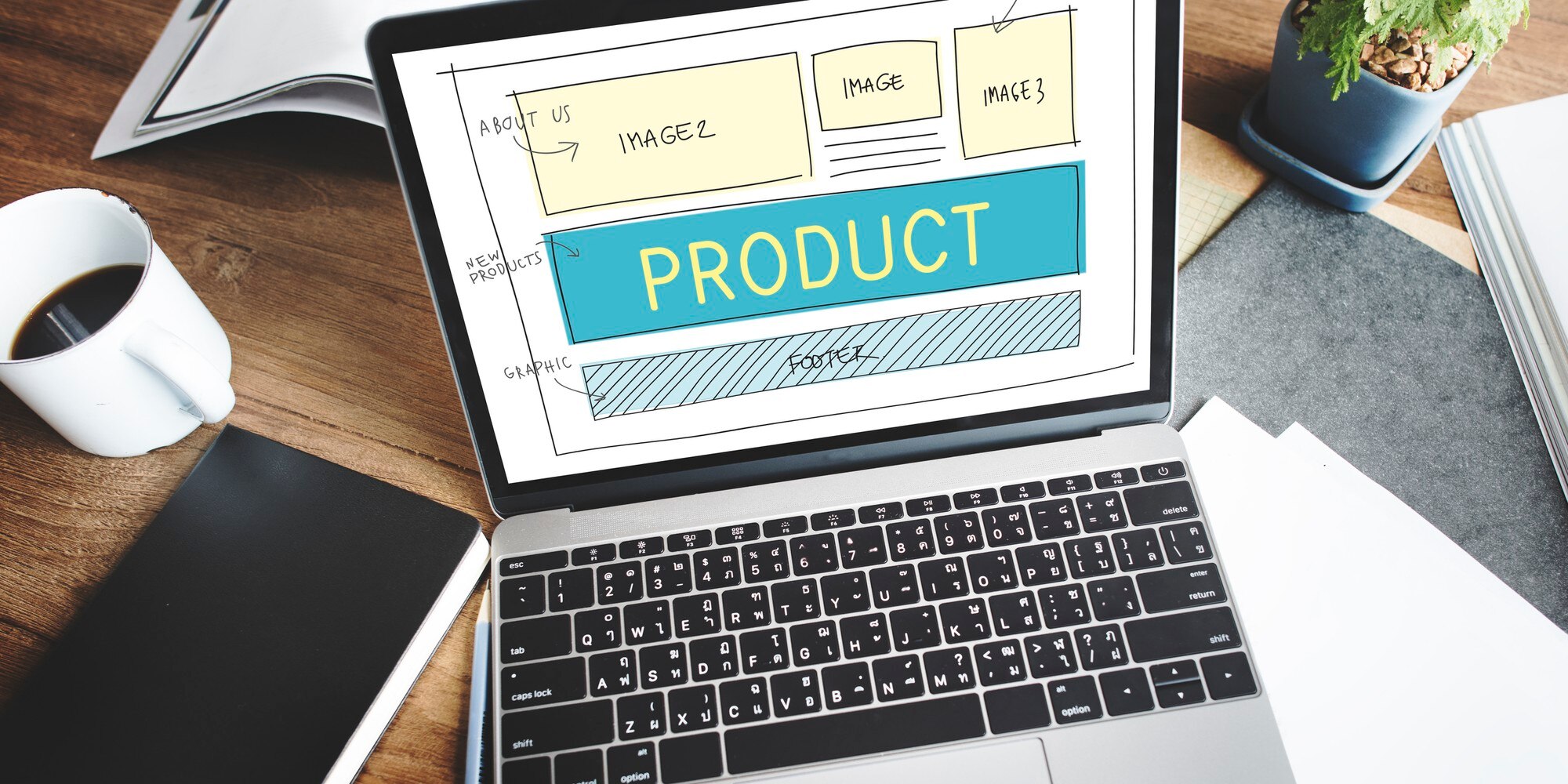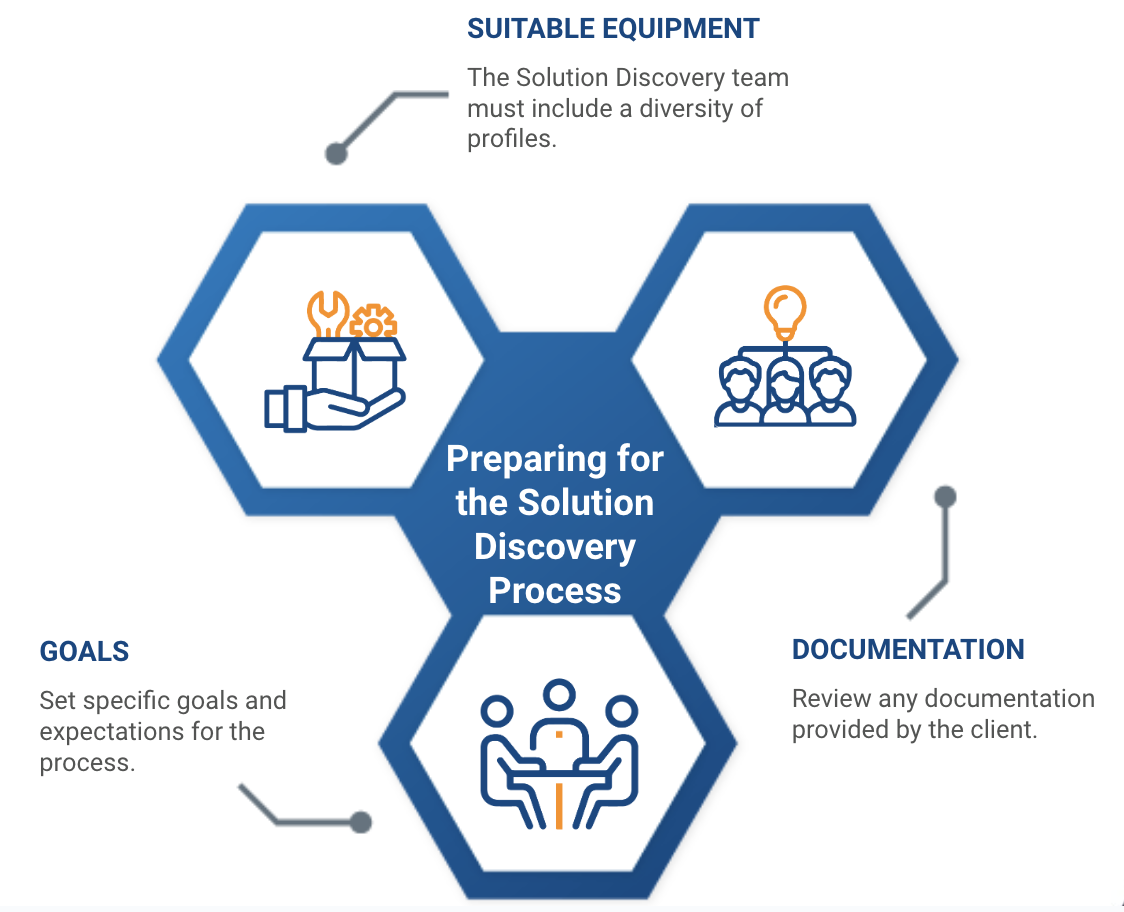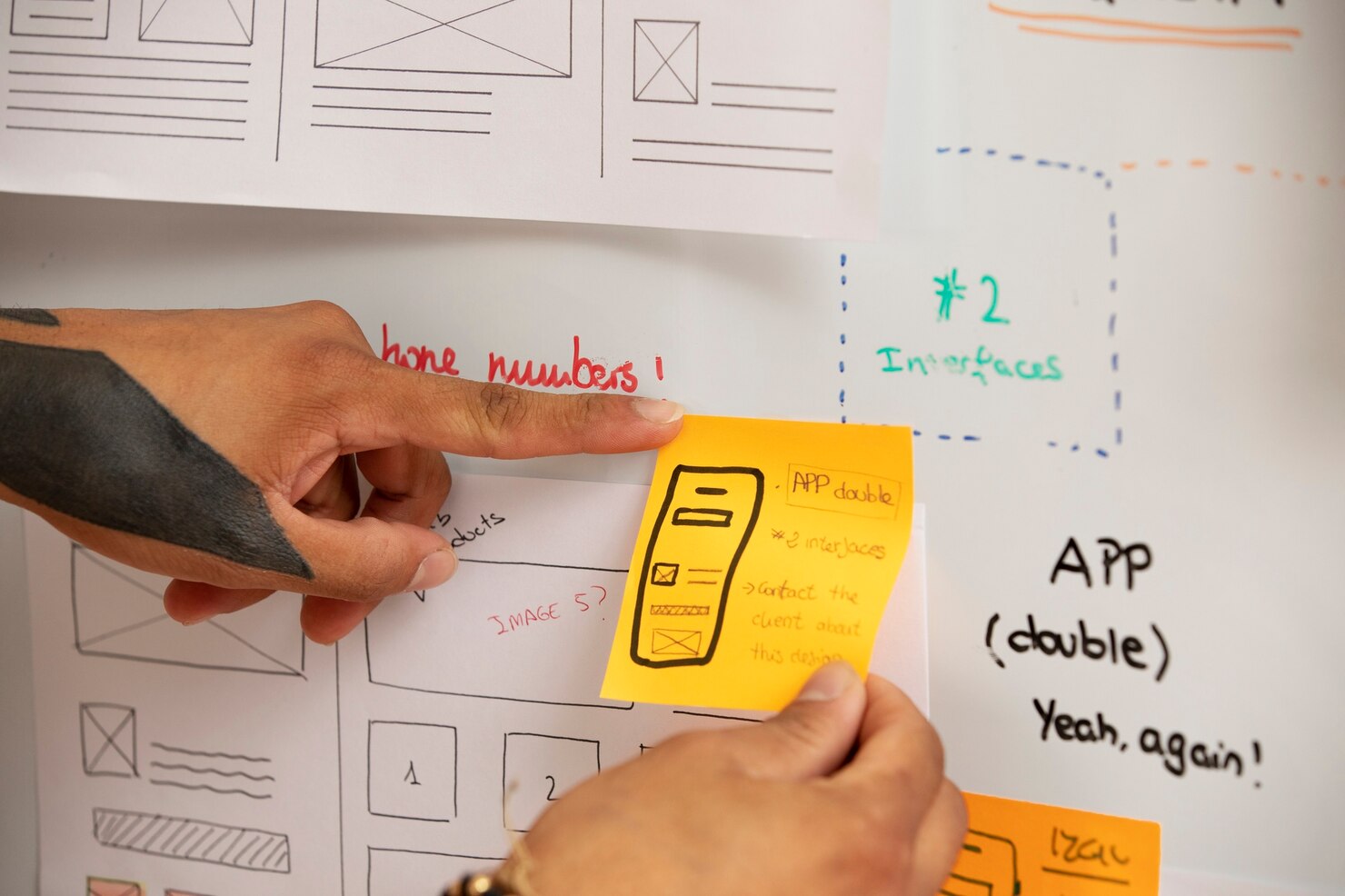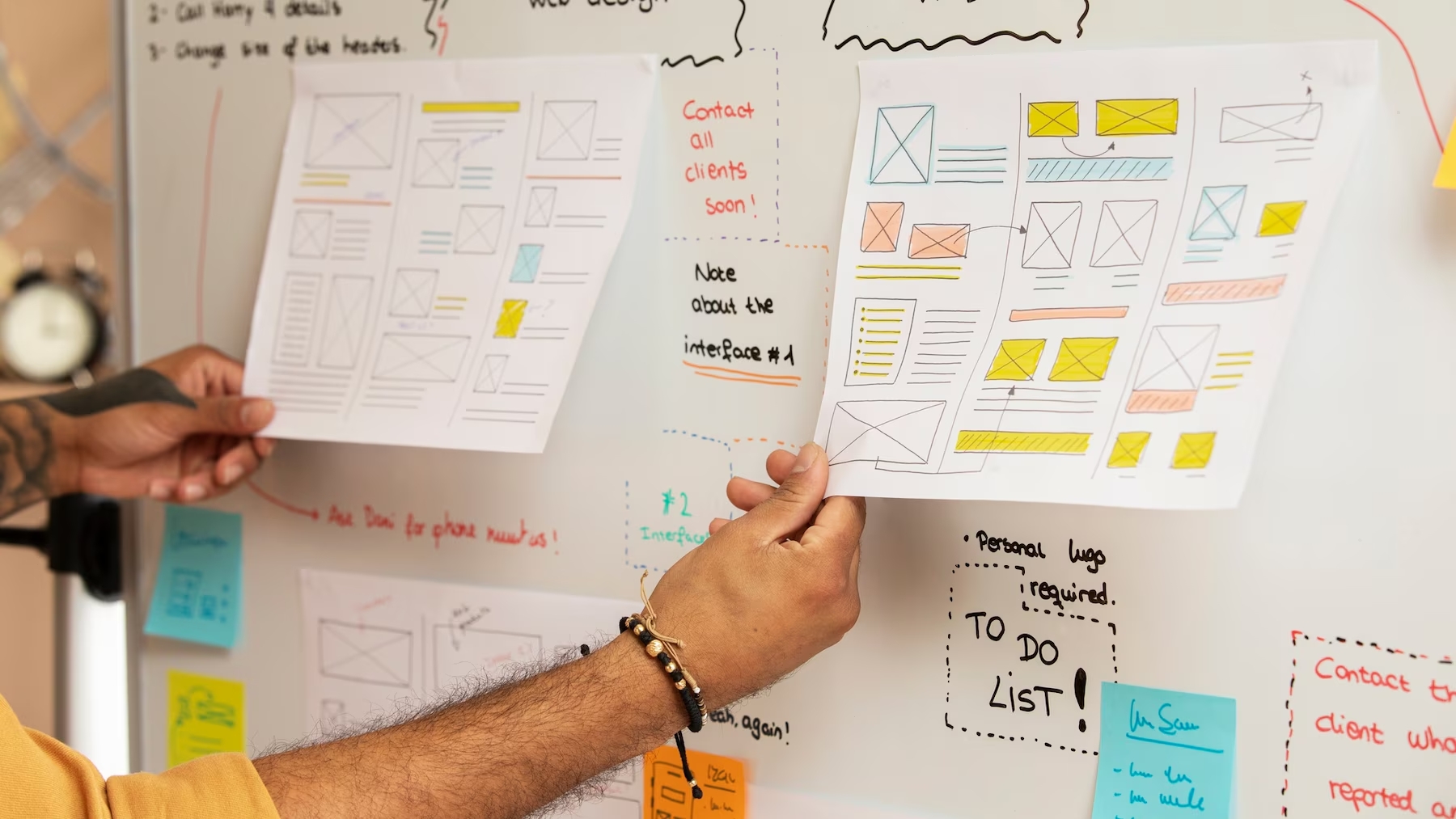
In software development, Solution Discovery is essential to define and validate project requirements before beginning implementation. This process helps reduce risks, improve alignment between teams, and ensure that the final product meets customer expectations. Here is a step-by-step guide to effective Solution Discovery.
What is Solution Discovery?
Solution Discovery is an initial phase in the development cycle that seeks to deeply understand the client's problems or needs and design an effective solution. During this process, the scope of the project is identified, the proposed solution is defined, and potential challenges or risks are anticipated.
This phase is key to saving time and resources in the long term, as it avoids the need to make major changes at advanced stages of the project.
Preparing for the Solution Discovery Process
Before you begin, make sure you have the following elements in place:
Right team: The Solution Discovery team should include a project leader, business analysts, user experience (UX) designers, developers, and in some cases, key client stakeholders.
Clear objectives: Set specific goals and expectations for the process. What information is crucial to obtain? What are the pain points that need to be resolved?
Initial documentation: Review any documentation provided by the client, such as preliminary requirements, project specifications, and expected deliverables.

Research and Information Gathering Phase
This is the first practical phase of Solution Discovery, and it focuses on deeply understanding the client's context and needs.
a. Conduct stakeholder interviews and surveys
Speak directly to key stakeholders to learn about their expectations and concerns. It's important to interview a variety of people, from managers to end users, to get a complete view of the problem.
Tips:
Be prepared with clear questions to identify specific priorities and challenges.
Listen actively and take note of key points.
b. Competitor and market analysis
Review what solutions currently exist in the market and how other companies have addressed similar problems. This analysis will allow you to identify opportunities to differentiate yourself and stand out in the market.
c. Collect user data
If the client already has users or customers, take advantage of that information. Conduct interviews or surveys with current users to understand their frustrations, preferences, and needs. User data provides invaluable insight into how the solution should be designed.
Define the problem and solution objectives
Once the information has been gathered, the next step is to clearly define the problem to be solved and the objectives of the project. This is a critical step that will set the stage for all future phases.
a. Identifying the core problem
Define the core problem in clear and concise terms. For example: “Customers are having difficulty tracking their orders in real time.”
b. Setting specific objectives
Each objective should be aligned with the proposed solution and be measurable. For example: “Reduce the time spent searching for order information by 50%.”
Tip: Use a SMART (Specific, Measurable, Attainable, Relevant, and Time-bound) format to ensure that objectives are clear and attainable.

Proposing solutions and validating
In this stage, solutions that could solve the defined problem are proposed and validated with stakeholders.
a. Ideation of possible solutions
Organize brainstorming sessions with your team to generate ideas. Don't limit yourself in this phase: it is ideal to propose various alternatives, even those that might seem unconventional.
b. Selecting the best solution
Evaluate each solution based on its feasibility, impact on the business, and alignment with the established objectives. You can use methods such as cost-benefit analysis or a prioritization matrix to compare options.
c. Validation with stakeholders
Present the selected solution to key stakeholders to receive their feedback. Make sure they understand the solution and approve it before moving forward. This validation ensures that everyone is aligned and allows for adjustments to be made before the design phase.
Defining Scope and Technical Requirements in Solution Discovery
Now that you have an approved solution, the next step is to define the specific scope of the project and its technical requirements. This includes all the details that will guide the implementation.
a. Writing Functional Requirements
Describe all the functionalities that the software must include to meet the objectives. These requirements can include specific features, performance capabilities, integration with other systems, etc.
b. Creating User Stories
User stories help visualize how end users will interact with the system. Each story should describe a feature from the user's perspective, which makes it easier to understand how the solution should work from a practical perspective.
c. Evaluating the Technical Architecture
Define the key elements of the technical architecture: databases, programming languages, deployment platforms, etc. This technical definition ensures that the development team understands the specific requirements of the project.

Initial Prototyping and Testing
The final step of Solution Discovery involves prototyping and testing to visualize and evaluate the solution before starting full development.
a. Low-Fidelity Prototyping
Use design tools to create initial prototypes of the solution. These prototypes help validate the user experience flow and basic structure without the need for advanced development.
b. User Testing
Perform user testing to gather feedback on the prototype. This will allow you to identify and fix usability issues and improve the solution from the early stages.
Tip: Document all user feedback to fine-tune the design before starting programming.
Solution Discovery Documentation and Development Planning
Documentation is essential to ensure that the entire team is aligned in the development phase. This includes the findings, decisions, and requirements agreed upon during Solution Discovery.
a. Creating the Scope Document
This document should include a summary of the entire process: objectives, problems, solutions, technical requirements, and user testing results. It will be the reference base during development.
b. Planning the Project Roadmap
Finally, develop a roadmap or schedule for the project, with specific phases and dates. This schedule should include key milestones and phases of development, testing, and implementation, ensuring that the entire team is aligned on the estimated times.
Carrying out a well-structured Solution Discovery process allows you to accurately identify the client's problems and needs, proposing effective and well-founded solutions before the development stage. This approach not only saves time and money, but also ensures a better customer experience, as it minimizes the likelihood of major changes during the advanced stages of the project.


